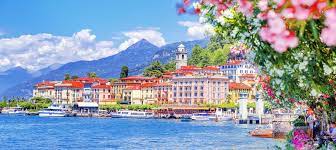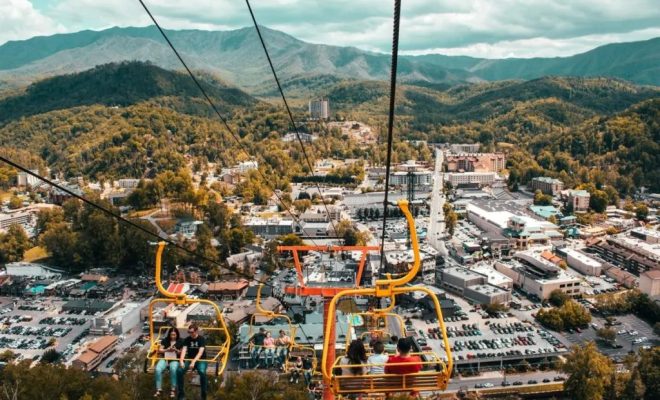No Indian Village In 2022 UN Best Tourism List: Parliamentary Panel

In a recent report by a parliamentary panel, it has been highlighted with concern that not a single Indian village has made it to the 2022 United Nations’ list of Best Tourism Villages. This revelation came as a stark observation pointing towards the potential yet untapped rural tourism sector of India.
India is a country with immense cultural and natural diversity, often showcased prominently in its rural landscapes. While the urban cities often capture the limelight for tourism, the rustic charm and authentic cultural experiences offered by Indian villages remain relatively undiscovered on an international platform.
The UNWTO Best Tourism Villages list is an initiative by the United Nations World Tourism Organization to recognize villages around the world that are exemplary in their approach to tourism, culture, and sustainability. It seeks to acknowledge those rural destinations that have successfully preserved their cultural heritage, natural surroundings, and fostered community development along with innovative means of tourism.
The absence of Indian villages on this list is especially surprising given that numerous villages across India have unique offerings for tourists, be it through indigenous art forms, traditional cuisines, local festivities, or sustainable practices in harmony with nature. These destinations provide an immersive experience into India’s deep-rooted traditions and simpler ways of life which are increasingly appealing to tourists both domestically and internationally.
The parliamentary panel has thus pointed out the need for a more structured approach to promote villages as significant tourist destinations. The lack of recognition at such a level indicates that there is work to be done in terms of infrastructure development, marketing strategies, and ensuring sustainability standards are met.
By tapping into this potential, not only can India make its mark on global platforms such as the UN’s list, but it can also drive substantial economic growth in rural areas. This could lead to improved livelihoods for villagers and a richer, more diverse offering for tourists looking for authentic experiences beyond the beaten path.
Drawing attention to this shortfall could serve as a catalyst for policy makers, tourism boards, and local communities to come together and take concrete steps towards elevating Indian villages on the global tourism stage. With dedicated efforts towards enhancing visibility, accessibility, preserving heritage while ensuring responsible tourism practices, Indian villages may soon find their rightful place among world-renowned rural tourist destinations.






